Eight women
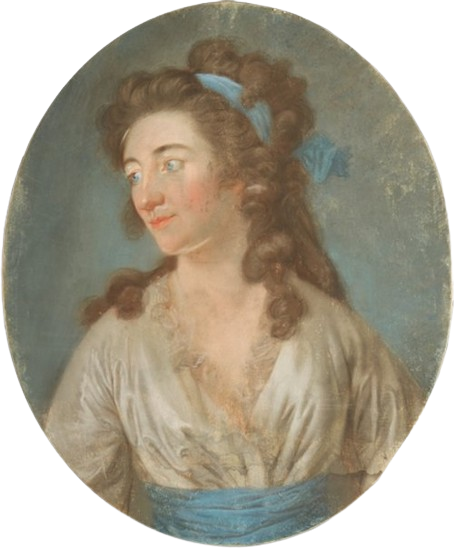

Some of our latest news
Eight women
Usually, when we hear the word «Freemasons», we imagine an exclusively male company. It is not by accident: the first organizations were indeed exclusively male, and lodges officially accepting women, appeared only at the end of the 18th century, and initially - only as a kind of supplement to the "main", male lodges. However, Freemasonry had its female heroes, who achieved its popularization among women and fought for their rights to be equal to those of men. In honour of the 8th of March, we remember their stories.
Elizabeth Aldworth
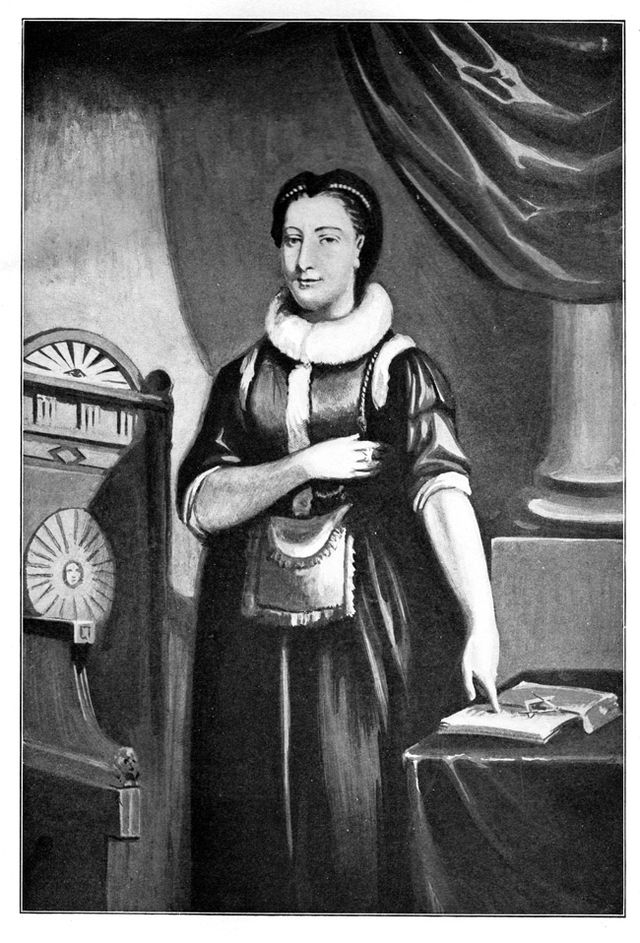
Elizabeth is considered to be the first female Freemason: she was initiated back in 1725 in Ireland. At that time, Freemasonry itself was only seven or eight years old, and the first lodges that were accepting women officially appeared half a century later - with the advent of the Adoption Ritual.
Elisa von der Recke
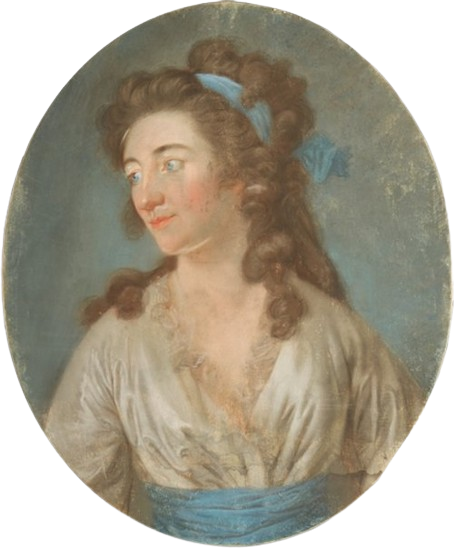
A poet and writer originally from Skaistkalne in Latvia, Elisa von der Recke was acquainted with Goethe, Schiller, Wieland and Herder.Wilhelm Küchelbecker described her in his «Passages from a Journey»: «Elise von der Recke, born Countess Medem, a majestic, tall woman, she was once one of the first beauties in Europe; now, in her sixty-fifth year of life, Elise still captivates with her kindness, her intelligence, her imagination - von der Recke was a friend of the most illustrious persons who immortalised the last years of Catherine's century: the great empress respected and loved her, especially because she hated the ruinous superstition which Cagliostro and similar deceivers began to spread already in the last two decades of the last century». The mentioned story with Count Cagliostro was mentioned in the publication by Elise von der Recke herself "Description of the stay in Mitava of the famous Cagliostro in 1779 and the magical actions performed by him there, collected by Charlotte Elisabeth Constantia von der Recke". The text exposes the Count's sly nature. With this text, she won the favour of Catherine, who knew about Freemasonry and understood that the Count's tricks were nothing more than a simple performance.
Madame de Lamballe
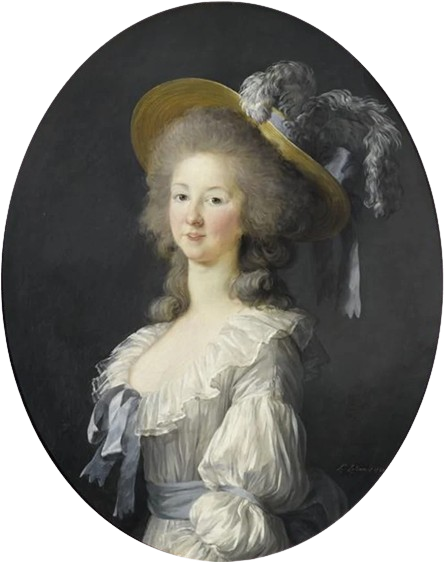
Madame de Lamballe was Marie Antoinette's closest friend and presided over the Lodge of the Social Contract, one of the women's lodges. In 1781, Madame de Lamballe became Grand Matron of all the Adoption Lodges in France.During the Revolution, Princess de Lamballe continued to live with the royal family in the Tuileries. After the events of 10 August 1792, the king and queen were imprisoned in Temple; the Princess de Lamballe ended up in La Force prison. During the September assassinations, the princess was killed, and her head was carried through the city on a pique, powdered and with make-up, to be seen by Marie Antoinette.
Madame de Polignac

Madame de Polignac was Marie Antoinette's second closest friend after Madame de Lamballe. Mentioned as a member of one of the women's lodges, although her involvement was not as prominent as in the case of Madame de Lamballe. Polignac is believed to have persuaded Marie Antoinette to stage «The Marriage of Figaro», a play by Beaumarchais, banned by the king himself and later one of the causes for the French Revolution.
Joséphine de Beauharnais
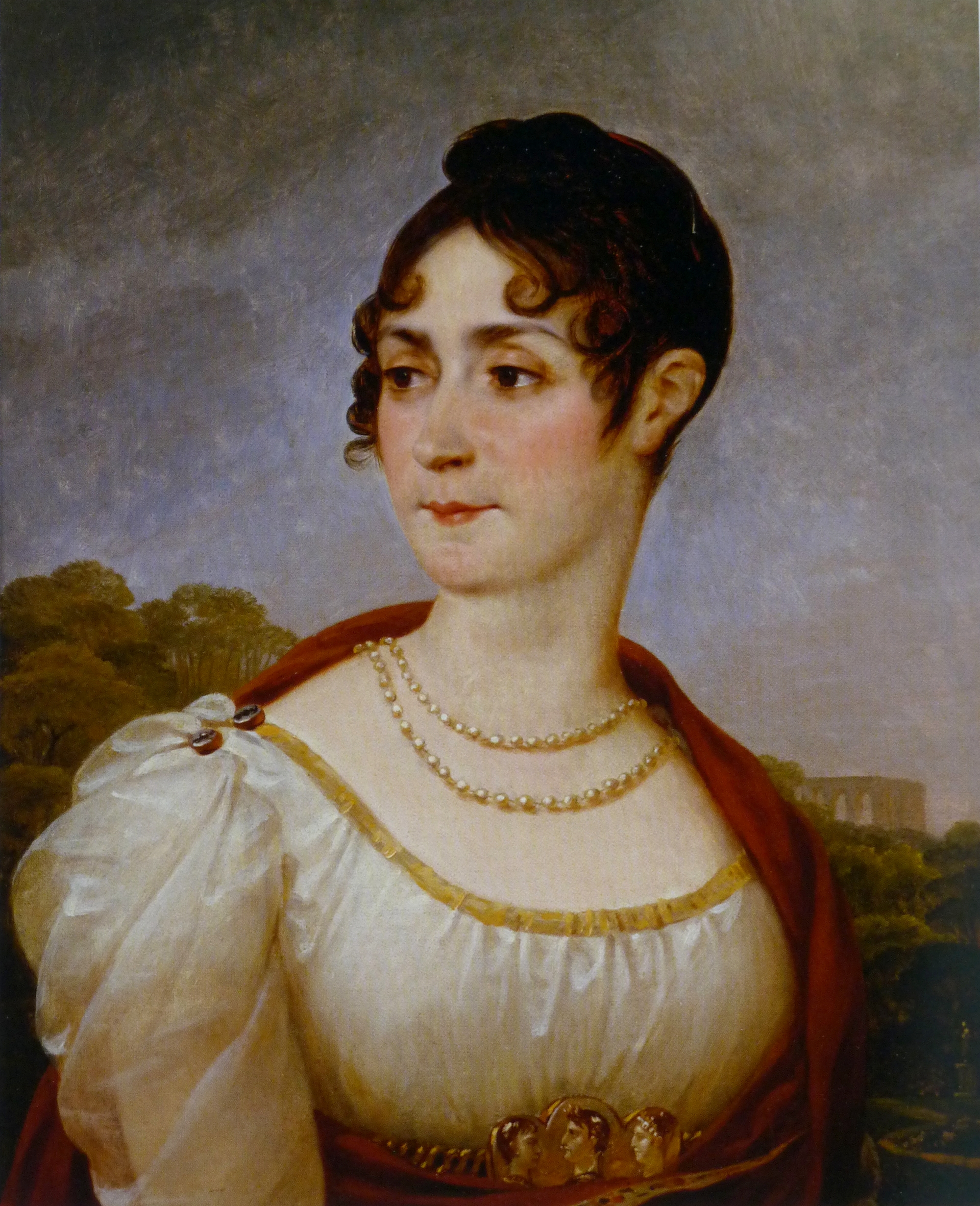
Napoleon Bonaparte's wife Joséphine de Beauharnais was also initiated into Freemasonry. She was initiated in the early 19th century and was very fond of Masonic ceremonies: an initiation ceremony in her honour was once held in Stasbourg. It is believed that under Napoleon, the Adoptive Lodges became more of an instrument of power, gathering the elite, that was loyal to the Emperor around a few well-known figures, including Josephine herself.
Eugénie Potonié-Pierre
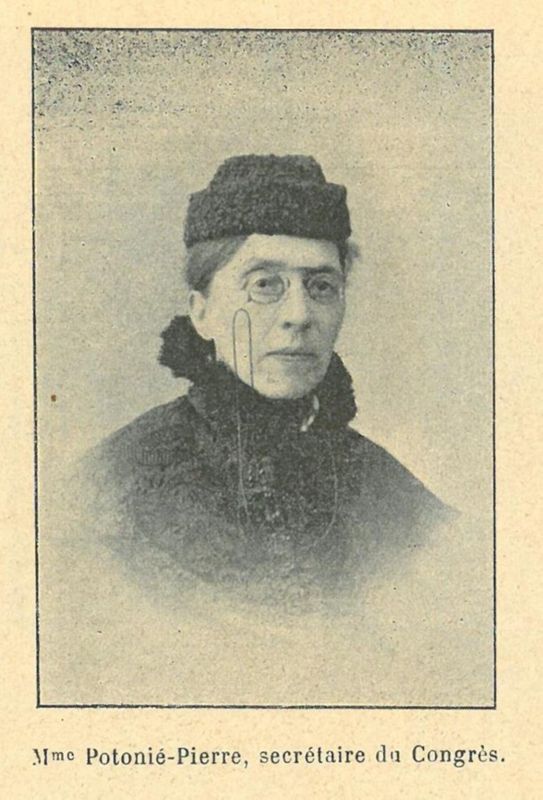
Eugénie Potonié-Pierre was a primary school teacher, a feminist and a socialist who joined the Société pour l'Amélioration de la Condition des Femmes in the 1870s. There she served as secretary and wrote for the organisation's publication Le Droit des femmes (The Rights of Women). In 1880, together with Léonie Rouzade, Marie Durham and with Léon Richert (journalist, editor-in-chief of the Petit Parisien newspaper and Freemason of the Grand Orient of France), she founded the Union des Femmes (Union of Women). Eugénie was a secretary of the committee of the International Congress of Women's Rights in 1892 and 1896. In her speech at the 1896 International Congress in Berlin, Potonier-Pierre credited herself and her French feminist colleagues with coining the term "feminism". With her partner and activist Edmond Potonier-Pierre, she fought for the liberation of exiled communards, for women's suffrage, campaigned against poverty and for cuts in the military spending.
Maria Deraismes
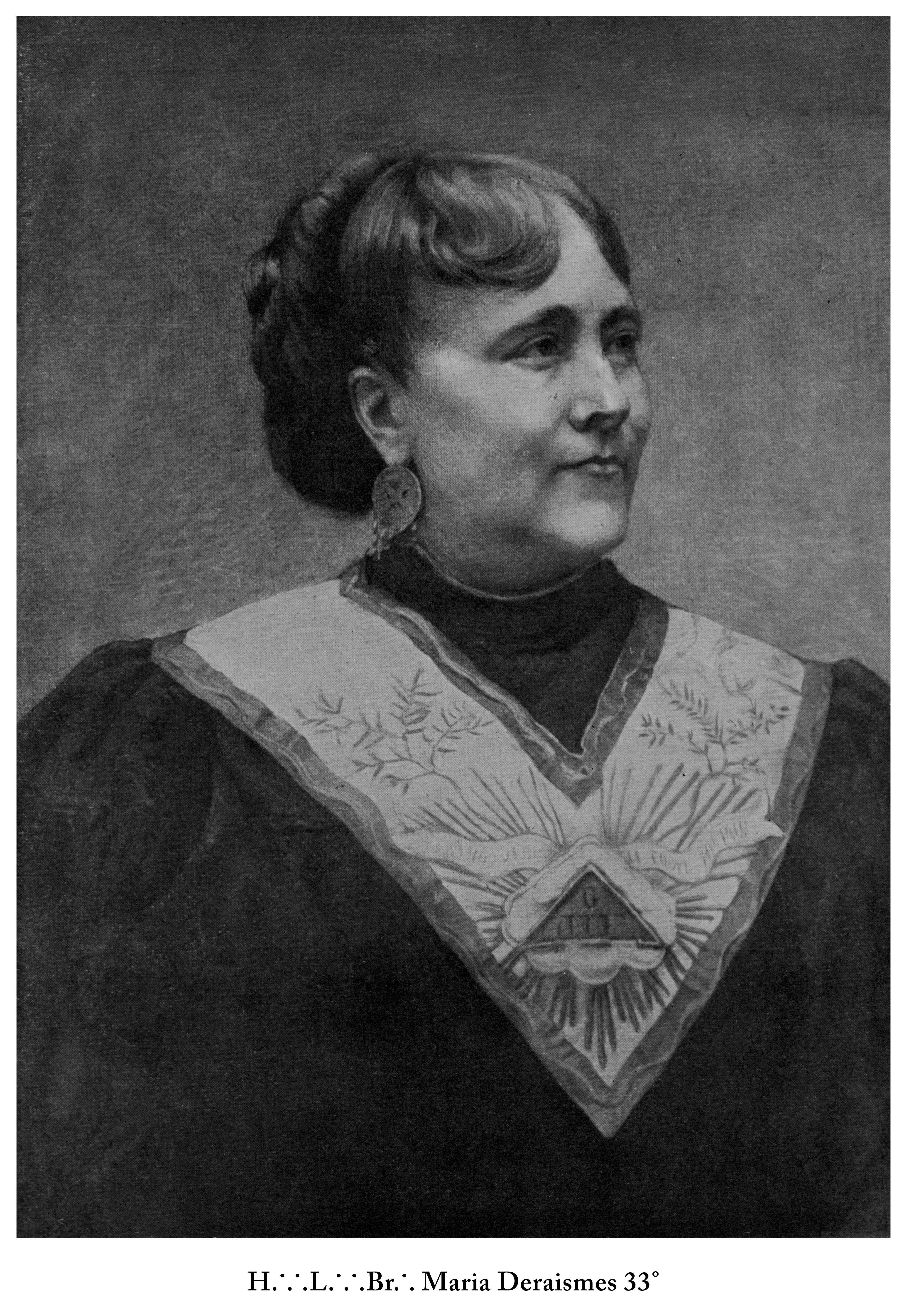
Maria Deraismes also fought for women's rights and shared the position of the feminists of her time. She was active in literature and journalism, giving speeches, organizing conferences and evenings that brought together progressive-minded public figures, writers, philosophers and Freemasons.In 1869, together with Léon Richert, journalist, editor-in-chief of the Petit Parisien and a Freemason of the Grand Orient of France, with the support of a few friends, began to publish a weekly newsletter "Women's Law". In April 1870, they also founded the Association for Women's Rights, which demanded gender equality before the law and morality.
Annie Besant

Annie Besant's name is immortalised in the history of Freemasonry by the "Annie Besant Agreement", continuing the schism of Freemasonry into regular and irregular.Inspired by the desire for equality of the sexes, Annie became the leader of the International Mixed Masonic Order "The Right of Man", actively advocating the integration of women into the Masonic ranks on an equal footing with men. She was convinced that Freemasonry was not only a community, but also a movement demonstrating true brotherhood, where members of both sexes work together in order to improveof humanity. Annie was accepted into the Order, which is now known as the International Mixed Masonic Order "The Right of Man".In a relatively short period of time Besant organised a number of new lodges not only in the UK but also in South America, Canada, India, Sri Lanka, Australia and New Zealand, uniting them under the umbrella of the "British Federation". Annie Besant not only laid the foundation of the British Federation of "The Right of Man", but took the position of Grand Commander, playing a key role in its international expansion and prosperity.The influence of Theosophical teachings, which resonated among English Freemasons and were actively promoted by leading members of the Order, led to the revival of some traditions of Freemasonry not previously provided for in the French Charter. For example, the condition of belief in God or a Supreme Being was reintroduced. This innovation in the English Charter, approved by France, was called the "Annie Besant Agreement". In 1904, an updated English Charter was published, establishing this requirement as fundamental. This charter, known as the "Dharma Rite", also called the "Besant-Ledbiter Rite" and the "Rodeldale Ritual", included an attempt to revive the esoteric and mystical elements that the Theosophists considered to be the essence of Freemasonry. As a result, the Order acquired a distinctly spiritual orientation, and this version of Freemasonry is often associated with the occult branch of Freemasonry.
 Museum
Museum